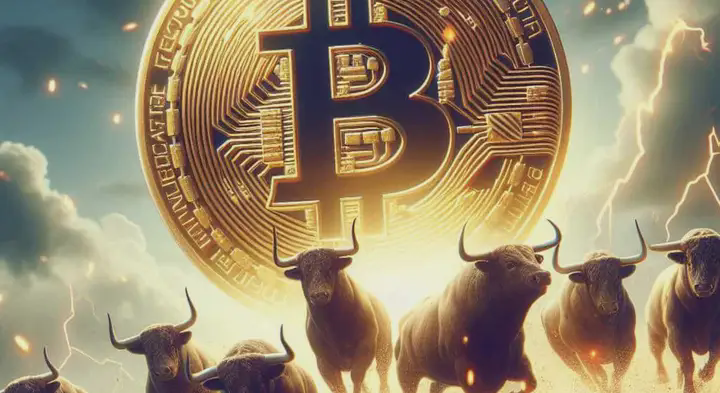Yesterday afternoon, Bitcoin ignored the pre-market decline of U.S. stock index futures and successfully broke the 120,000 dollar mark, reaching a new high. However, after the U.S. stock market opened, Trump stated during a meeting with NATO Secretary General at the White House that if the Russia-Ukraine sides do not reach a ceasefire agreement within 50 days, the U.S. will impose a 100% additional tariff on Russia. This statement caused Bitcoin to dip below 120,000 dollars, but the U.S. stock index seemed immune to this action, with the S&P 500 and Nasdaq continuing to reach new highs, and Bitcoin subsequently regained the 120,000 dollar level.

When Bitcoin broke 120,000, there were many Bitcoin transfer actions on-chain, including a whale that held 80,000 Bitcoins for 14 years, transferring 20,000 Bitcoins. At the same time, the on-chain Bitcoin spot premium also showed a downward trend, indicating that at this price level, many chose to sell and exit. Currently, Bitcoin's price is mainly supported by futures, so the occurrence of a pullback is normal and healthy.
Tonight, the U.S. will announce the CPI data for June. Currently, the market expects a slight increase in CPI numbers, which will reflect the impact of U.S. tariff measures. The best outcome would be for the numbers to be below expectations, indicating that inflation is cooling down, and that the Fed's interest rate cut in September should be without doubt. However, if the figures meet or exceed expectations, then the chance of a rate cut in September may be slim, which would directly impact market optimism. Therefore, caution is advised as the market may experience significant price fluctuations tonight.
The excitement threshold for investors is gradually increasing, with more expectations placed on altcoins. Data also shows that public interest in Bitcoin searches is far lower than during the bull markets of 2017 and 2021.
Bitcoin's recent all-time high is not driven by market speculation, but rather stems from deeper macroeconomic changes. The U.S. $5 trillion debt ceiling increase, massive deficit spending, and the forthcoming crypto policy report from Trump's task force are collectively reshaping the macro landscape. Bitcoin has transformed into a macro asset that hedges against unchecked fiscal spending, fundamentally altering its narrative logic. The FOMC meetings on July 22 and 30 may become key catalysts for redefining Bitcoin's role in the financial system.
Therefore, regarding Bitcoin's recent breakthrough of 120,000 dollars, there is no direct stimulus reason in the market, but rather it is the result of a series of positive developments that have been continuously fermenting.
Altcoins have shown some improvement but have not achieved ideal results.
Another significant reason affecting market sentiment may be that although altcoins have seen gains from July 11 to now, they still have not reached investors' expectations. After 5 months, ETH has risen above 3050, but sadly, 5 months ago, Bitcoin's highest price was 102,500 dollars. In comparison, Bitcoin still has a 17% increase, while Ethereum has remained stagnant.
"Bitcoin's unique dominance, with altcoins not rising and even falling," has been a topic of continuous discussion among investors since 2024, when Bitcoin had the support of a U.S. Bitcoin spot ETF and institutional purchases, while altcoins faced a crisis of VC trust, large unlocks leading to sell-offs, and meme coins siphoning off speculative funds. Shorting altcoins became the main trading strategy at that time. Therefore, even until now, some investors still harbor doubts about altcoins and have little hope for altcoin season.
However, the cryptocurrency market is ever-changing; as investors, we should assess the situation and adjust in a timely manner. The U.S. SEC is expected to approve multiple altcoin ETFs in the second half of 2025, with LTC, SOL, and XRP having a 95% approval probability, while DOGE, HBAR, Cardano, Polkadot, and Avalanche are expected to have a 90% approval probability. SUI is expected to have a 60% approval probability, while Tron/TRX and Penguin are expected to have a 50% approval probability.
Moreover, various 'altcoin' versions of micro-strategies are emerging, and altcoins will usher in an era supported by ETFs and institutional purchases.
PUMP 12 minutes public sale of 500 million dollars indicates that when there are suitable opportunities, there is still a large amount of liquidity willing to participate. Altcoins are not 'dead', they just need the right narrative.

